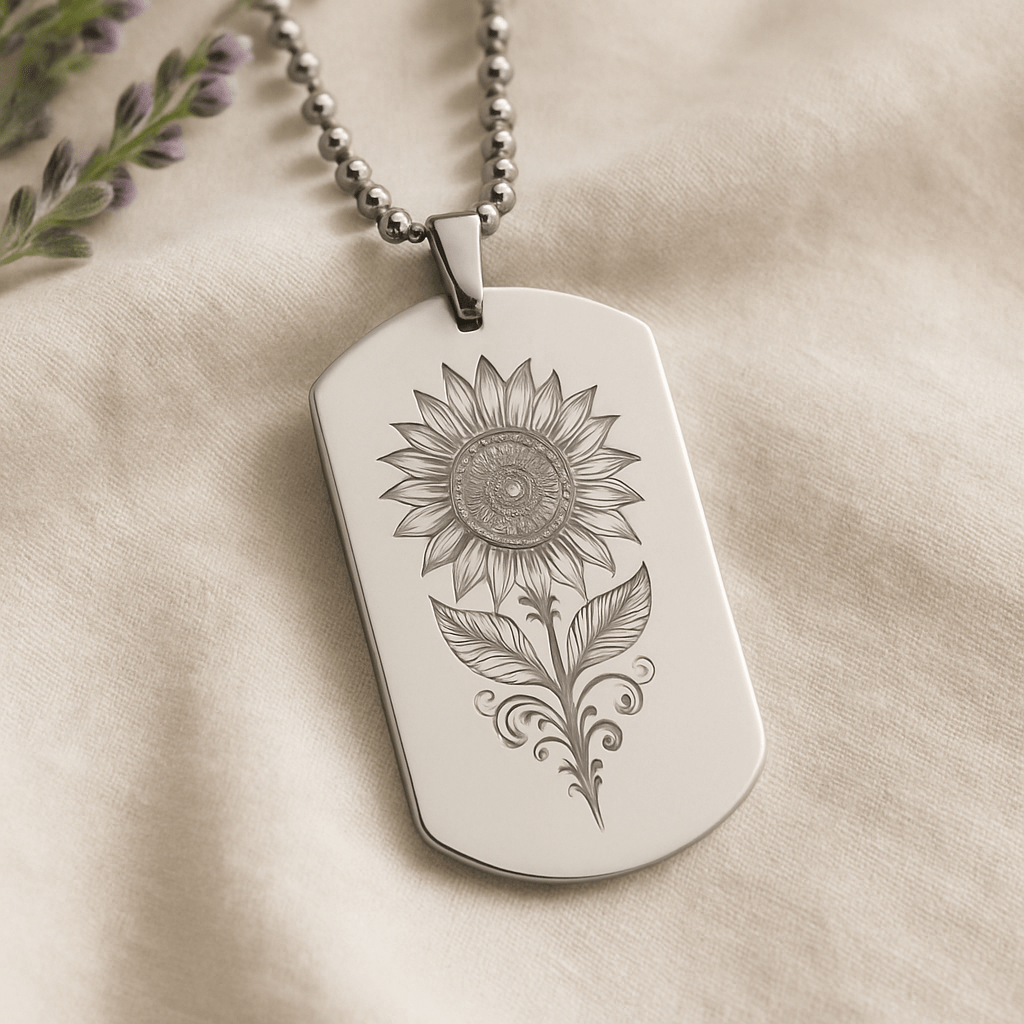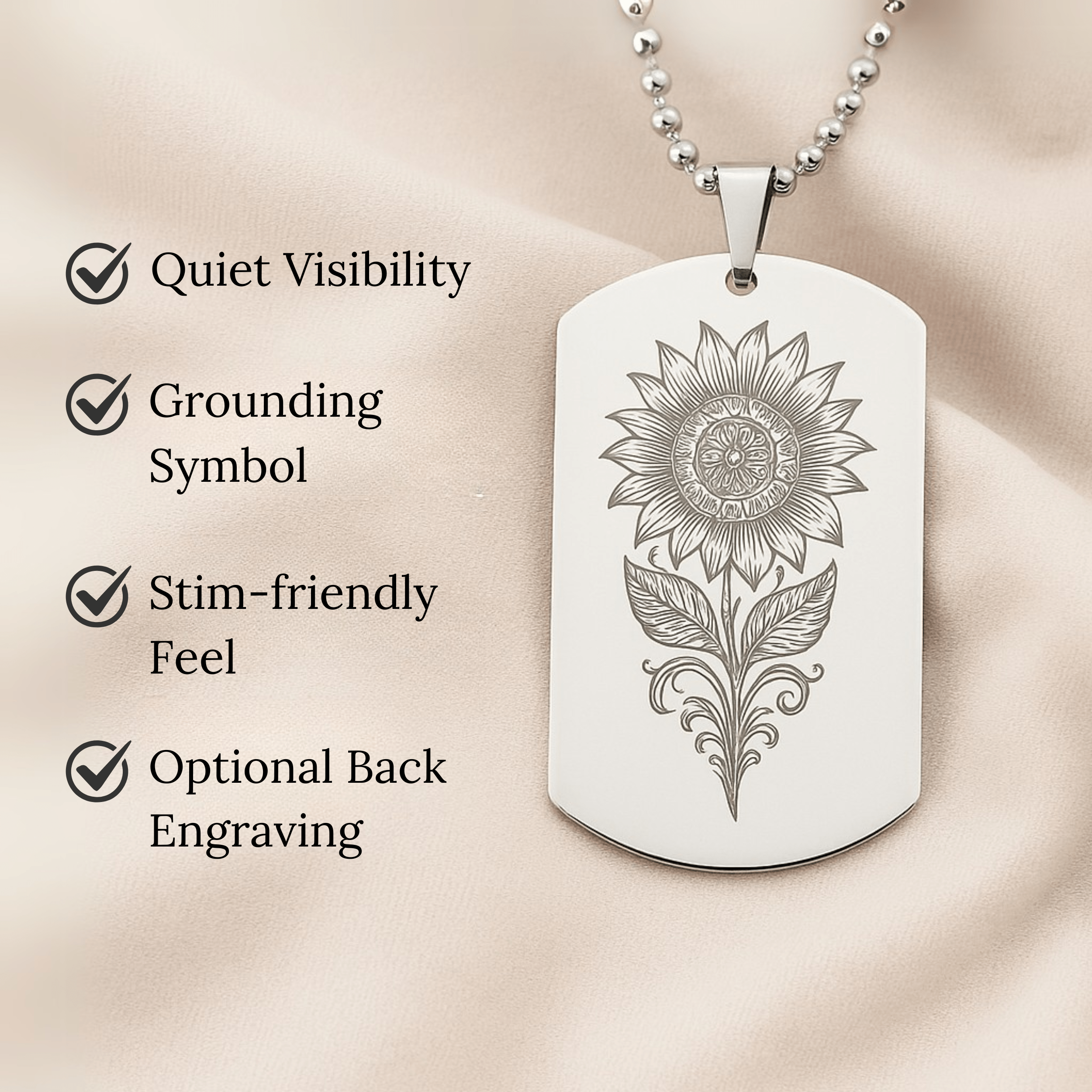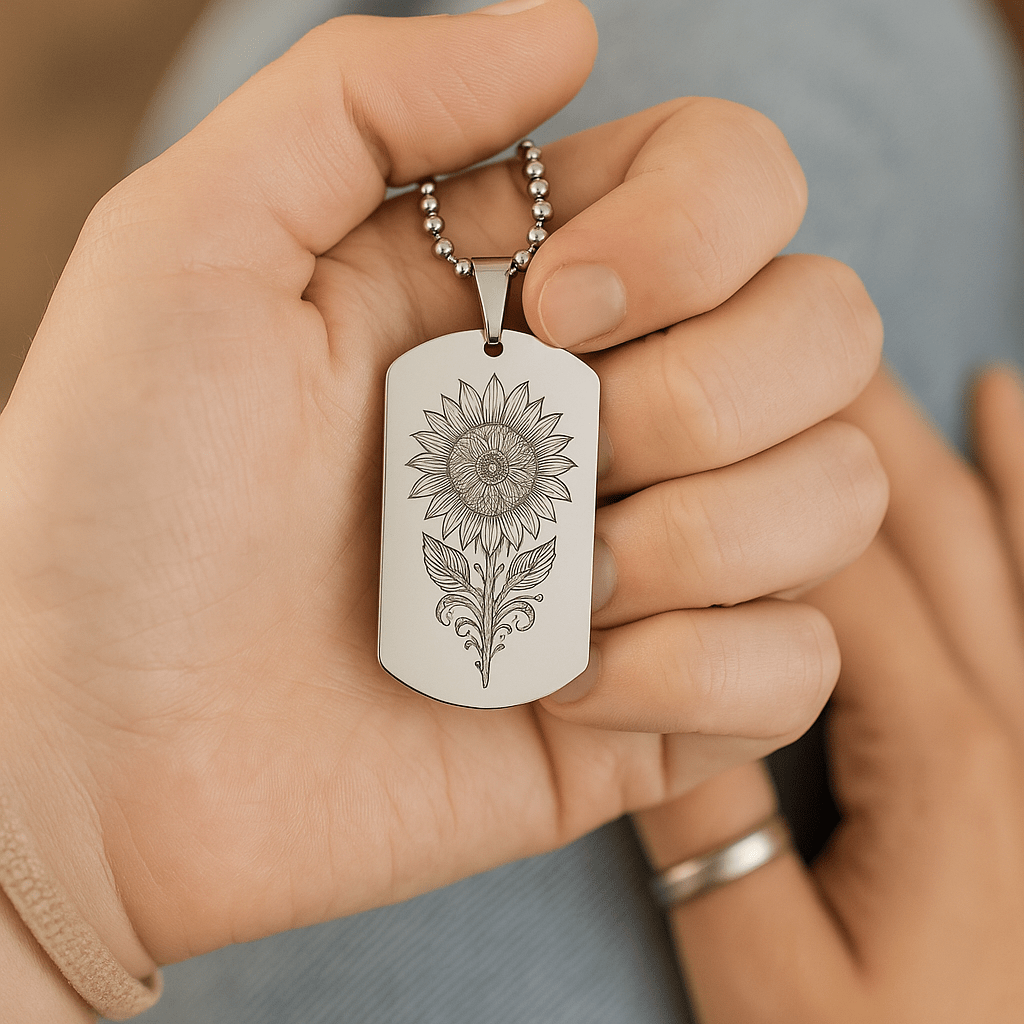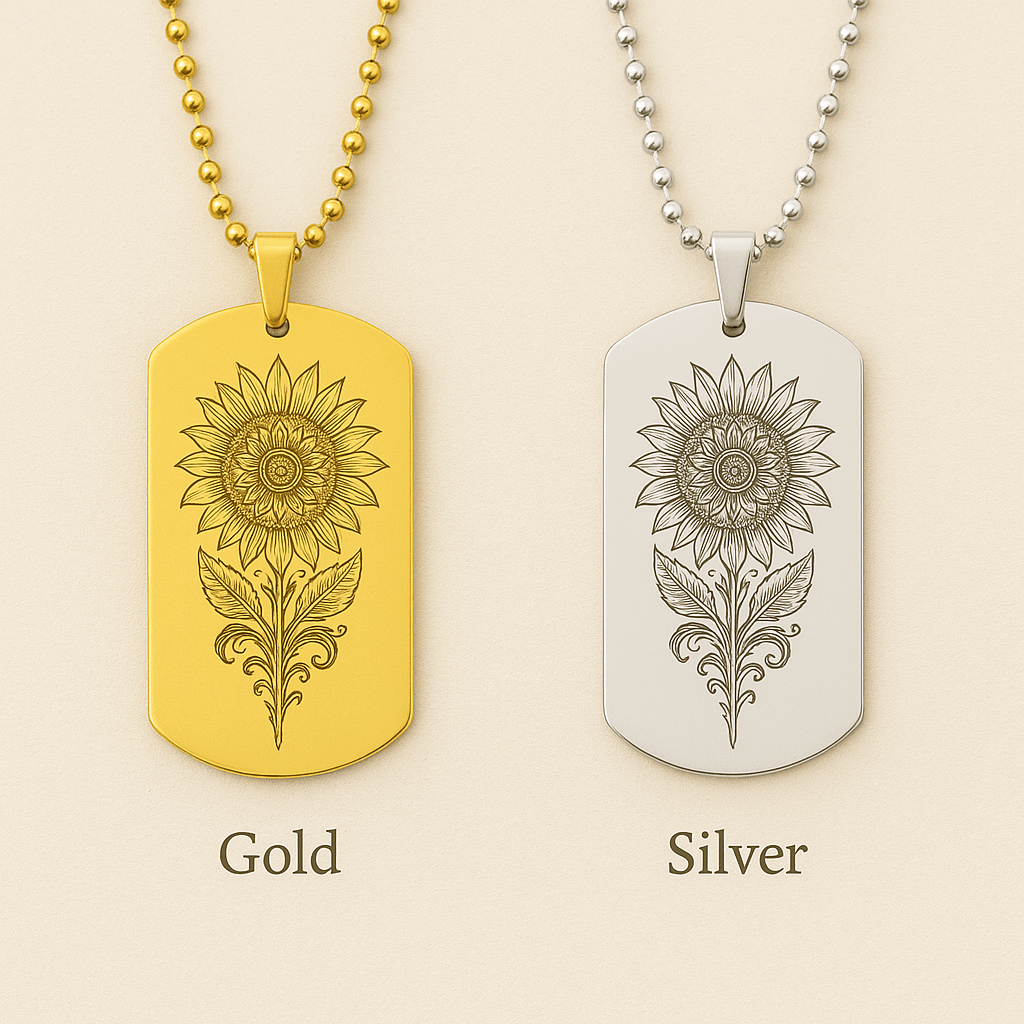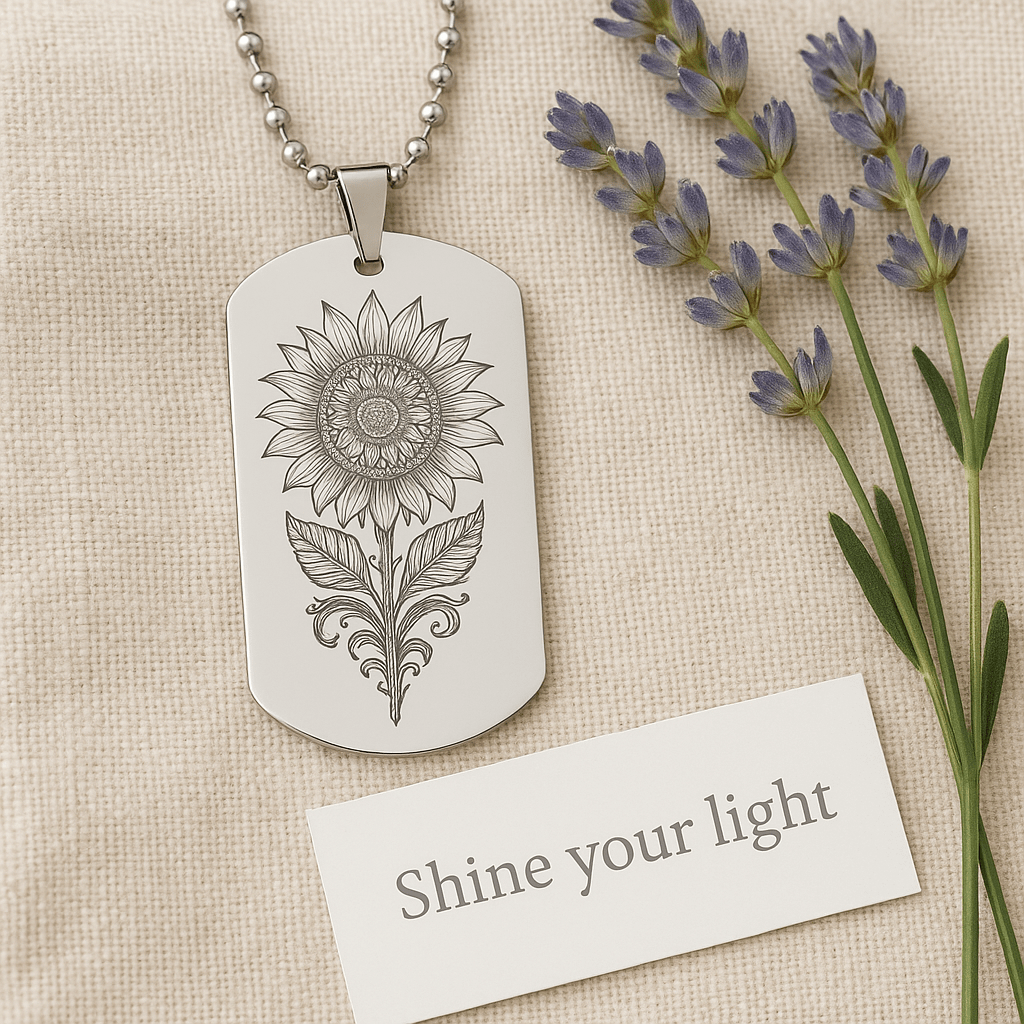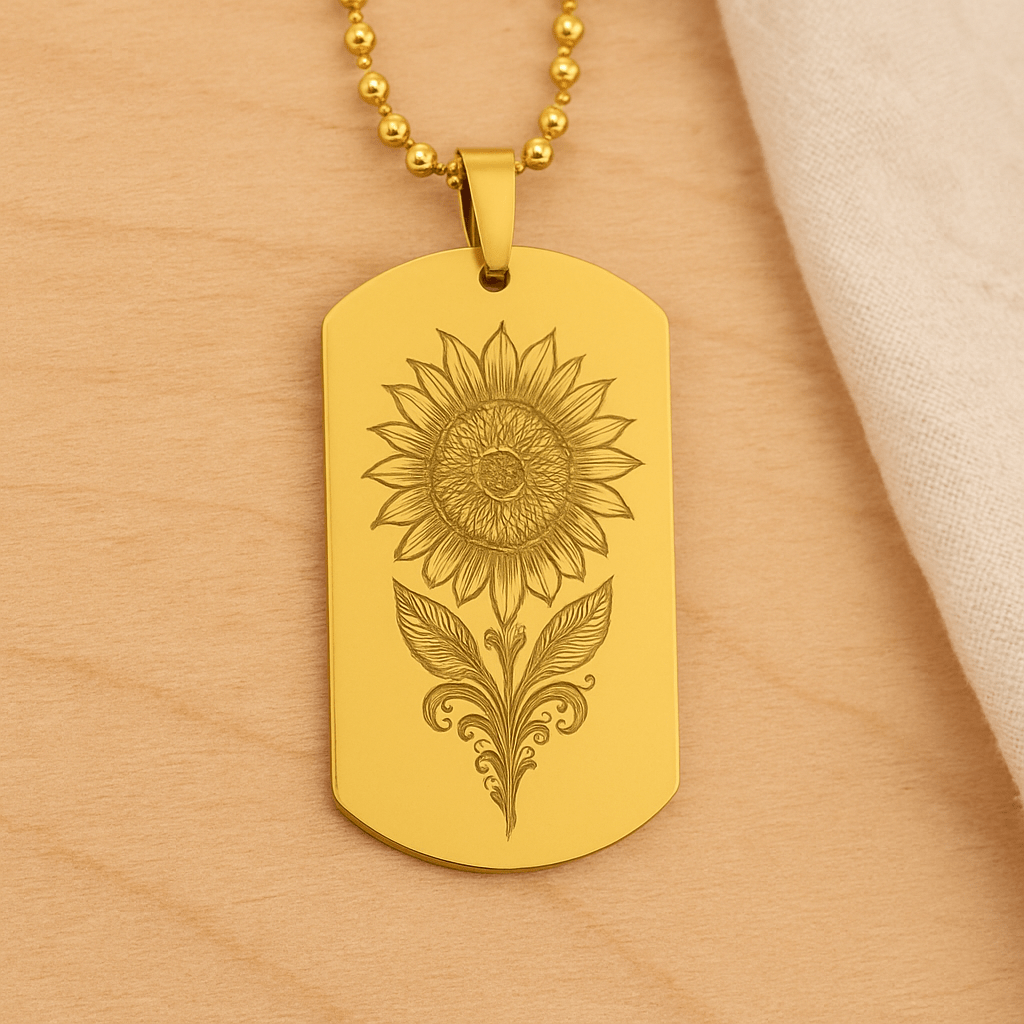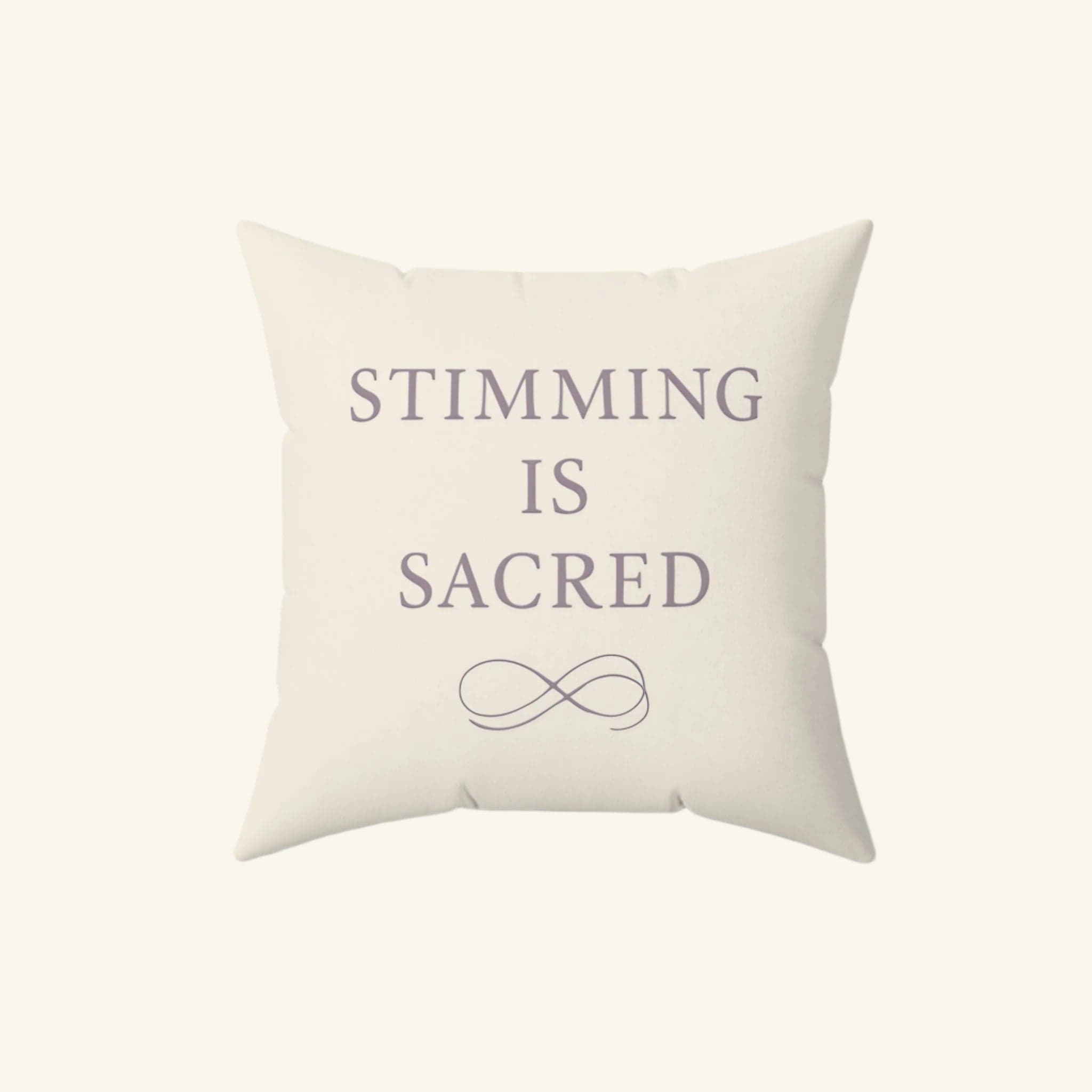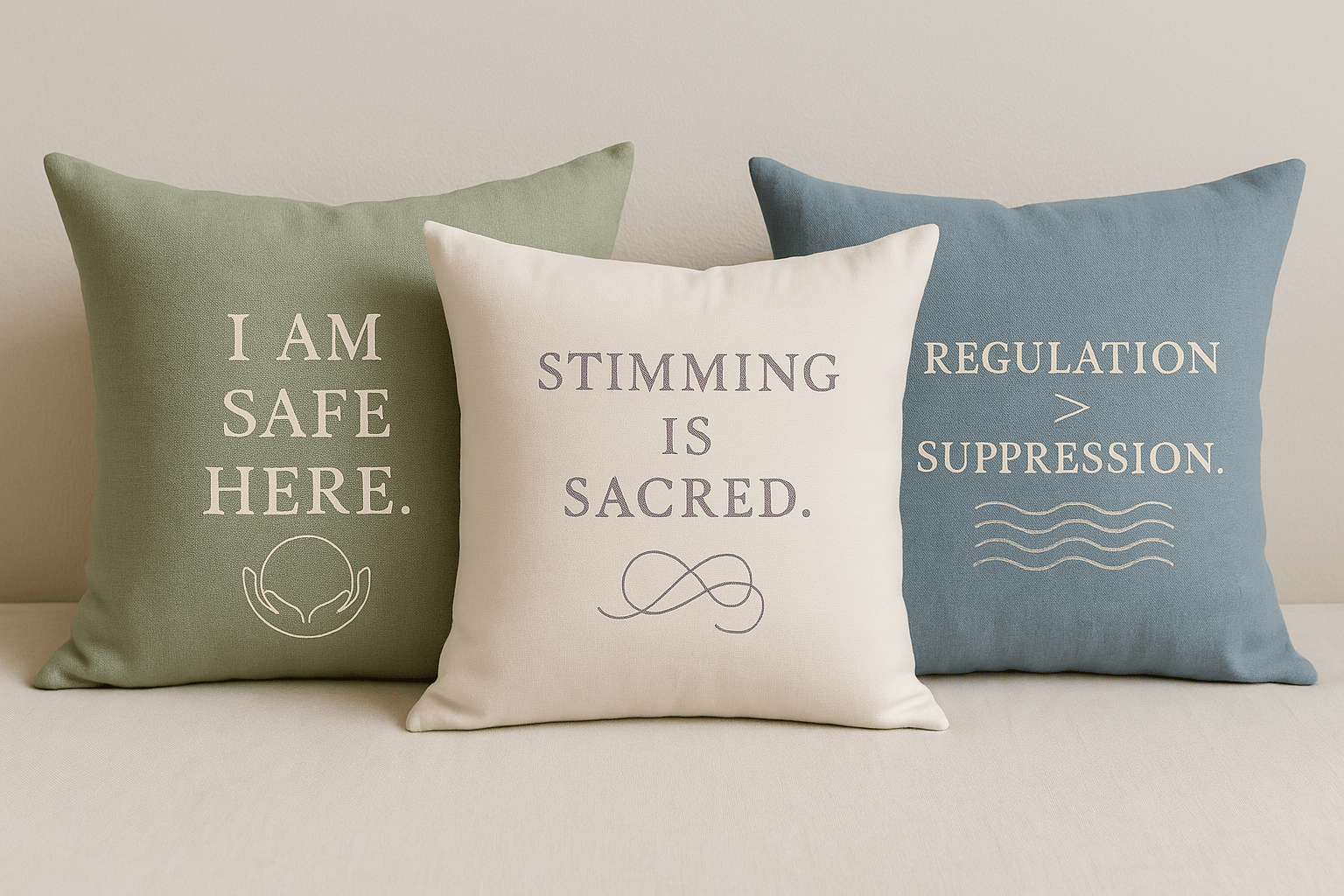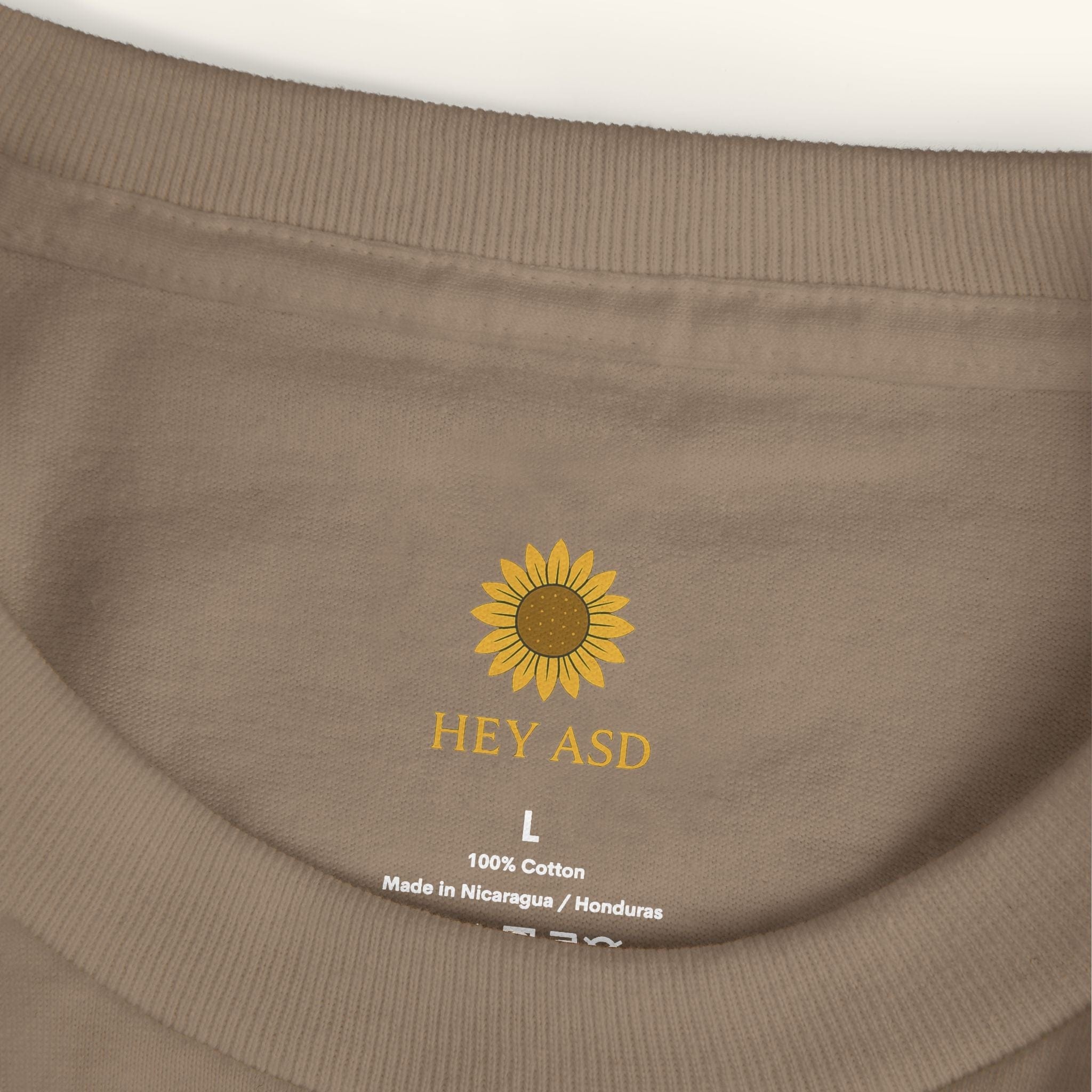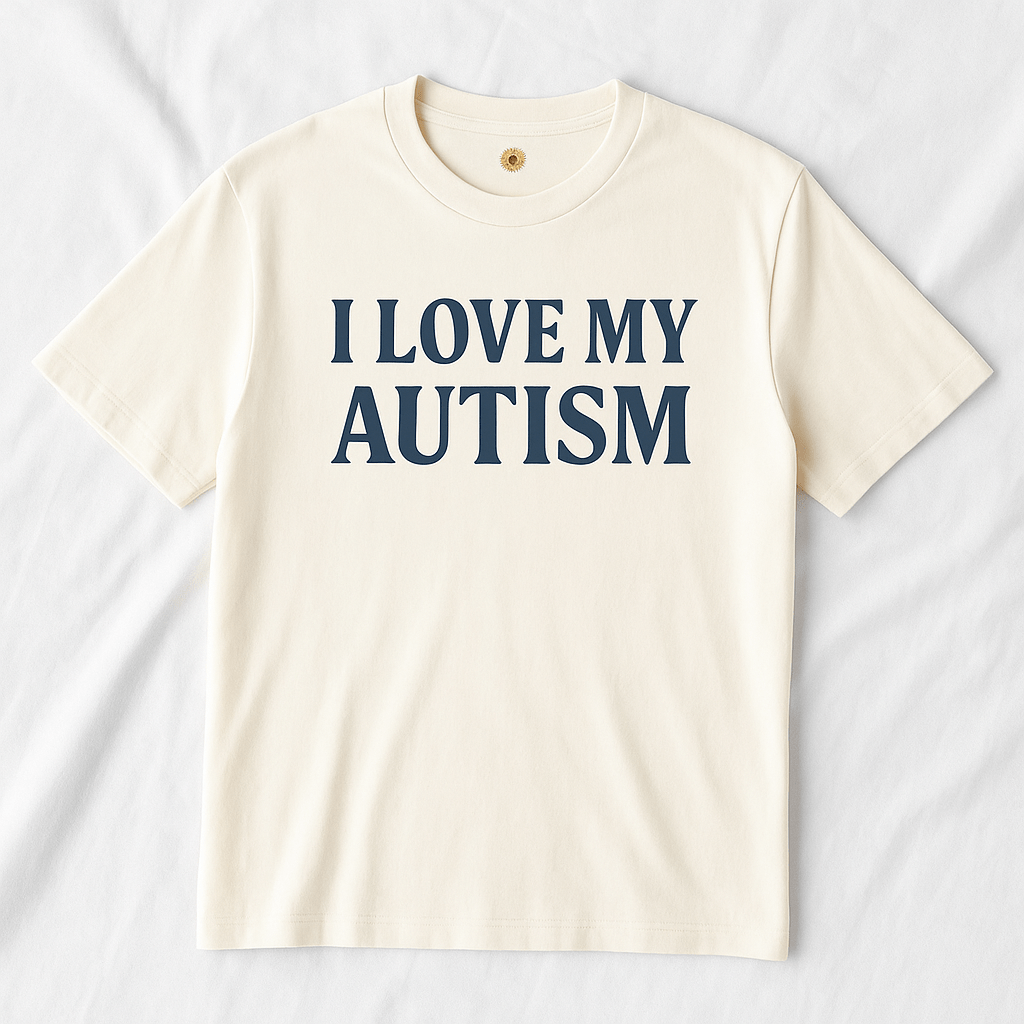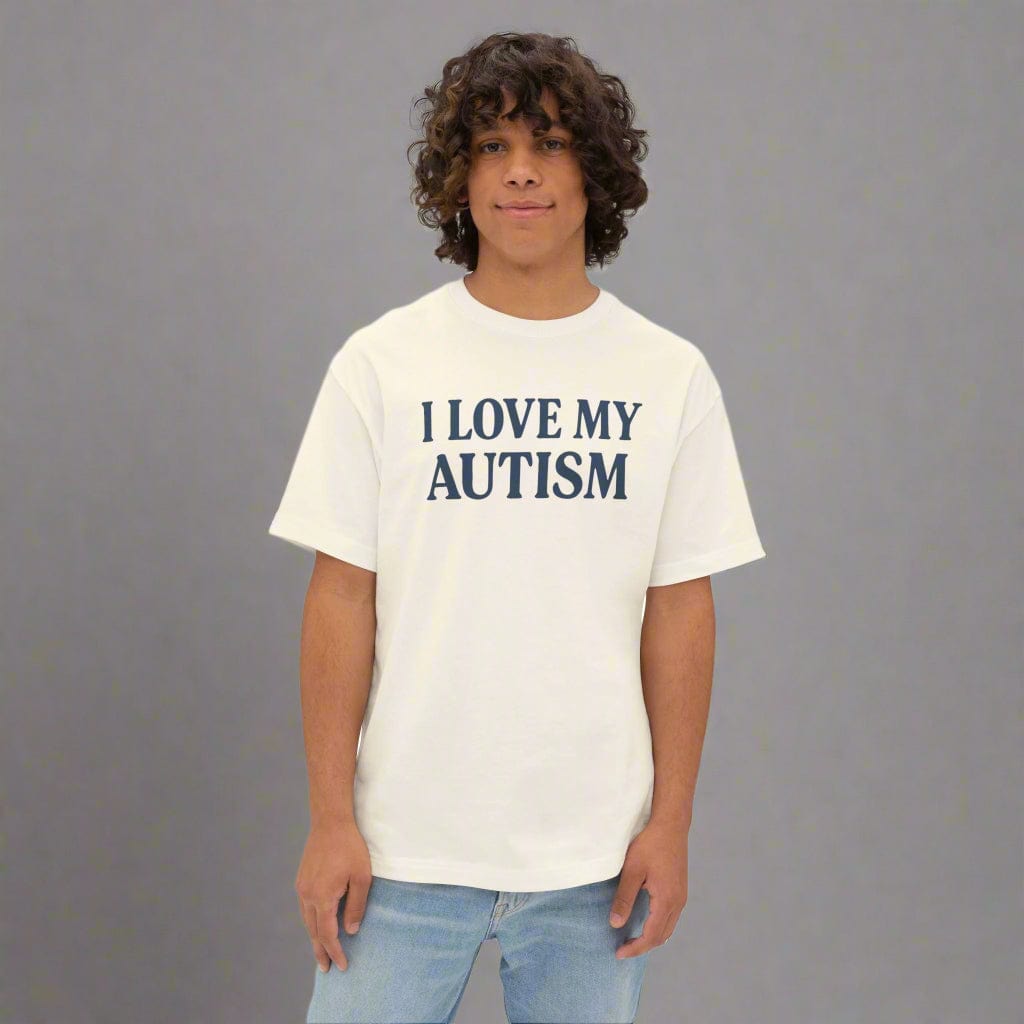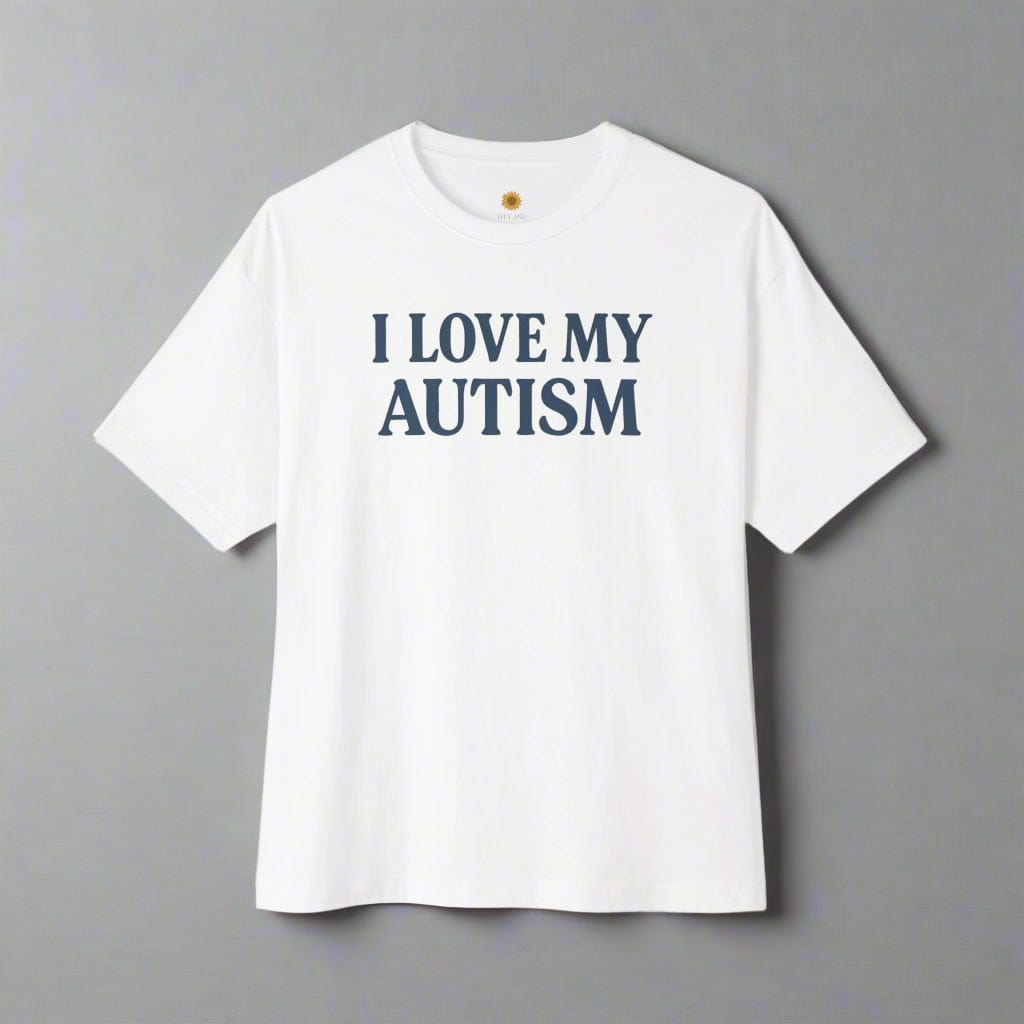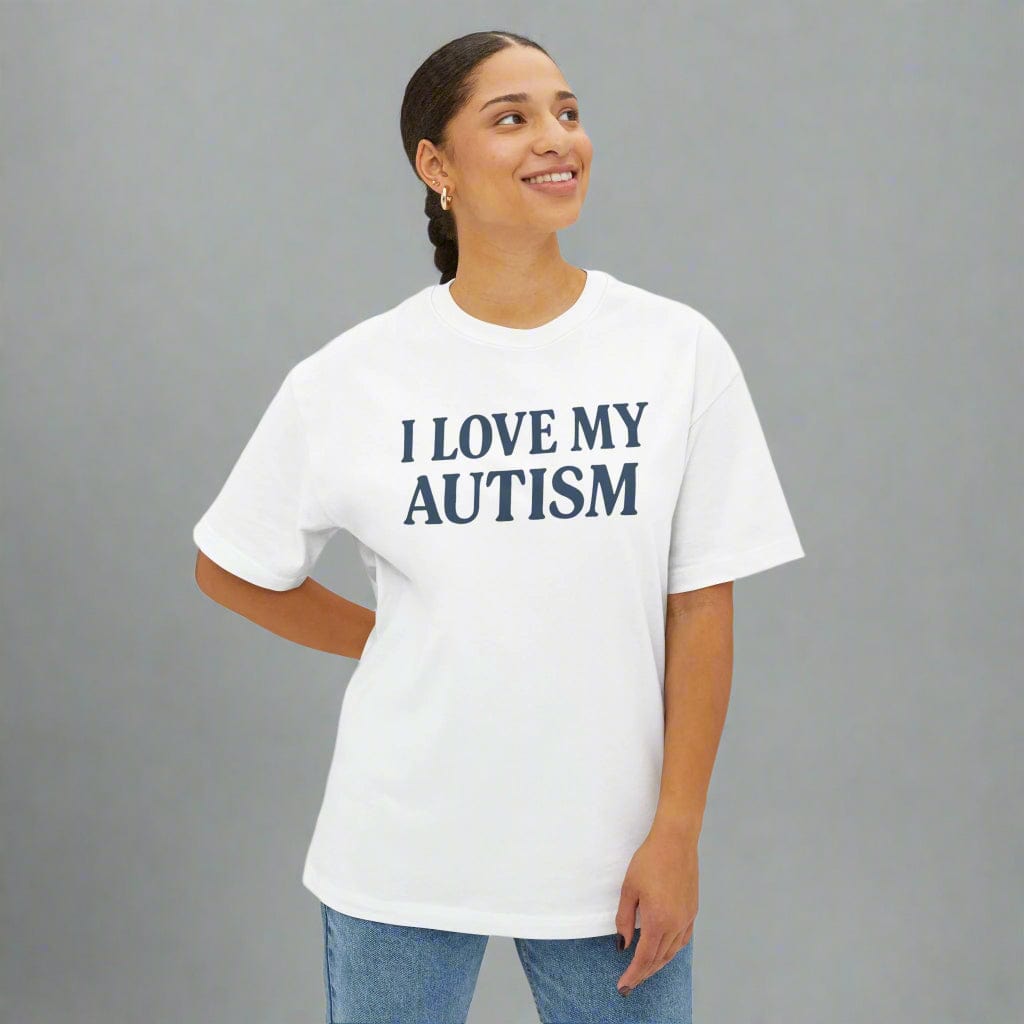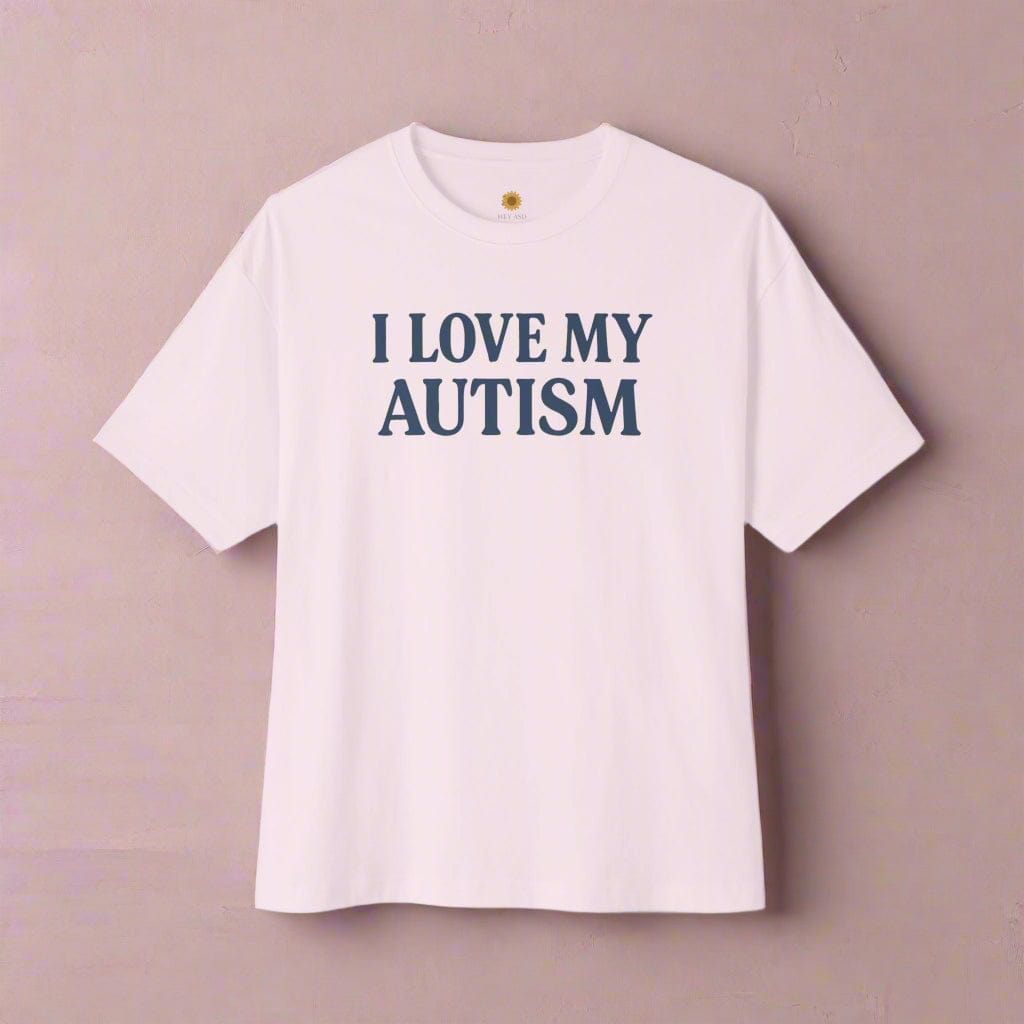Rejection Sensitive Dysphoria (RSD): Why Rejection Hurts So Deeply for Autistic Adults

Written by the HeyASD Editorial Team
Rejection can feel like a physical wound — sharp, sudden, and impossible to shake off. For many autistic adults, even small criticisms can feel unbearable. This isn’t weakness or overreaction; it’s something called Rejection Sensitive Dysphoria (RSD). While not a formal diagnosis, it’s a powerful way to understand why rejection feels so intense and what’s really happening in your brain and body.
Understanding Rejection Sensitive Dysphoria (RSD)
Rejection sensitive dysphoria describes an extreme emotional response to the perception of being rejected, criticized, or failing to meet your own high standards. It goes beyond normal disappointment, causing severe emotional pain and emotional dysregulation. For those who experience it, the fear of rejection can become so intense that it impacts daily life and choices.
While not officially listed as one of the formal mental health conditions in the DSM, it is widely recognized by clinicians. Understanding RSD involves looking at its unique characteristics, its developmental roots, and how it differs from other forms of sensitivity.
What Is Rejection Sensitive Dysphoria?
Rejection sensitive dysphoria (RSD) is an intense emotional response to being, or feeling, rejected. The word "dysphoria" itself comes from a Greek word meaning severe emotional pain or discomfort. People who experience RSD often describe the feeling as "unbearable" or "devastating," a level of pain that sets it apart from the typical sting of disappointment. This is not just being sensitive; it is an overwhelming flood of emotion that is difficult to control.
This intense experience can also lead to severe social anxiety and a powerful fear of failing. You might interpret a neutral comment or a delayed text message as a sign of outright rejection, triggering a cascade of painful feelings. A key difference between regular sensitivity and RSD is the sheer intensity of the emotional pain and how quickly it can take over your entire state of being, making it feel almost like a physical injury.
How can you tell if you are experiencing rejection sensitive dysphoria versus regular sensitivity to rejection? The main difference lies in the intensity and uncontrollability of the emotional pain. Regular sensitivity might lead to sadness or disappointment, but RSD feels like an overwhelming, unbearable wound that can trigger extreme reactions.
Origins and Development of Rejection Dysphoria
The roots of rejection dysphoria often trace back to early life experiences. For many neurodivergent people, childhood involved frequent criticism, teasing, or feeling misunderstood. This history of social trauma and negative feedback can create a heightened sensitivity to any sign of disapproval later in life. Your brain learns to anticipate rejection to protect itself, but this can turn into a constant state of high alert.
Experiences of being disciplined more often than peers or struggling to meet social expectations can deepen this pattern. Over time, these repeated instances of emotional distress build an internal expectation that rejection is always just around the corner. This can foster a deep-seated fear of abandonment and a belief that you are somehow flawed or unlovable.
This pattern isn't just "in your head." It's a learned response to a world that may not have felt safe or accepting. Your nervous system becomes wired to treat potential rejection as a significant threat, triggering an intense emotional reaction each time. This is one of the primary causes that can lead rejection sensitive dysphoria to develop in some people.
Sensitive Dysphoria vs. Highly Sensitive Person
It's easy to confuse sensitive dysphoria with the trait of being a highly sensitive person (HSP), but they are not the same. An HSP feels emotions and physical sensations deeply. They might be more moved by art, more affected by caffeine, or more aware of subtle environmental changes. While an HSP may take interactions personally, their experience is broader than just rejection.
Rejection sensitive dysphoria, on the other hand, is specifically focused on the pain of perceived rejection, criticism, or failure. The response is often a sudden, overwhelming, and painful emotional shift. While an HSP might feel things deeply, RSD is a dysphoric—or intensely painful—state triggered by a specific social threat.
Here is a simple way to look at the difference:
-
Highly Sensitive Person (HSP): Experiences a wide range of emotions and sensory inputs with great depth. Their emotional responses are rich and nuanced across many situations.
-
Rejection Sensitive Dysphoria (RSD): Involves an extreme and painful emotional reaction specifically to perceived rejection or failure, often leading to challenges with emotional regulation.
An individual can be both an HSP and experience RSD, but having one trait does not automatically mean you have the other.
The Neurology Behind Rejection Sensitive Dysphoria
The intense experience of rejection sensitive dysphoria is rooted in how your brain is wired. It’s not a choice or a sign of weakness; it’s a neurological reality. Your nervous system is designed to detect threats, and for people with RSD, the brain interprets rejection as a serious danger. This is often linked to differences in brain structure, such as in the prefrontal cortex.
These neurological differences can affect emotional regulation and make the emotional pain feel physical. Understanding what happens in your brain when you feel rejected can help you approach your reactions with more compassion and find effective ways to manage them.
Brain Responses to Rejection and Sensitive Dysphoria
When you experience rejection, certain parts of your brain light up. Research shows that for people with high rejection sensitivity, there are noticeable differences in brain activity. The amygdala, your brain's emotional processing center, and the prefrontal cortex, which handles executive functions like emotional regulation, play key roles. In neurodivergent brains, especially those with ADHD, the communication between these areas can work differently.
This means that the "brakes" your prefrontal cortex should apply to an intense emotional response may not be as effective. As a result, feelings of rejection can become overwhelming and lead to intense feelings of pain or rage. Your brain isn't exaggerating; it's genuinely processing the event as a more significant and painful incident. This difference in brain structure is a key reason why rejection sensitive dysphoria can develop in some people.
Science helps validate what you already feel. Your pain is real — it lights up the same brain pathways as physical injury.
|
Brain Area |
Role in Rejection Response |
|---|---|
|
Prefrontal Cortex |
Manages impulse control, judgment, and emotional regulation. Lower activation can make it harder to control reactions to rejection. |
|
Amygdala |
Processes emotions like fear and triggers the threat response. It can become overactive in response to perceived social slights. |
|
Anterior Cingulate Cortex |
Involved in processing both physical and emotional pain. Its activation during rejection shows why emotional pain can feel physical. |
The Survival Instinct and Threat Detection
From an evolutionary perspective, being accepted by a group was essential for survival. Rejection meant being cast out, which could be a life-or-death situation. Your brain still carries this ancient survival instinct, and for people with rejection sensitive dysphoria, the threat detection system is turned up high. A minor criticism or social misstep is not just an awkward moment; it's perceived by your nervous system as a danger to your safety and belonging.
This is why the reaction is so immediate and powerful. It’s an automatic, protective response, not a logical one. For people with attention deficit hyperactivity disorder (ADHD), this response can be even more pronounced due to differences in how the brain regulates attention and emotion. The feeling of emotional pain is your body’s alarm bell, warning you of a potential threat to your social connection.
Understanding this link can help you reframe your experience. Instead of seeing your reaction as an overreaction, you can recognize it as your nervous system trying to keep you safe, even if the "threat" is not as dire as it feels.
Emotional Pain and Physical Pain—How They Intersect
Have you ever felt that rejection hurts so much it feels like a physical ache? There's a scientific reason for that. Brain imaging studies show that the same areas of the brain that activate when you feel physical pain also light up when you experience social rejection. Your brain doesn't always make a clear distinction between a broken bone and a broken heart.
This intersection explains why RSD can cause such intense and overwhelming sensations. The emotional pain is not just a feeling; it can trigger real physiological responses, like changes in your heart rate or blood pressure. These negative emotions are processed in a way that can feel physically unbearable, contributing to the dysphoric experience.
This connection to physical pain is one reason why RSD is sometimes mistaken for other mood disorders or conditions. However, recognizing that emotional and physical pain share neural pathways validates the severity of the experience. It confirms that the pain you feel is real and significant.
Autism and Rejection Sensitive Dysphoria: A Unique Connection
For autistic adults, rejection sensitive dysphoria has a particularly sharp edge. The connection between RSD and autism is shaped by a lifetime of navigating a world not built for the autistic brain. Experiences with masking, social trauma, and chronic invalidation create fertile ground for an intense fear of rejection.
This isn't just about feeling emotions deeply; it's about how emotional dysregulation intersects with core autistic traits. Understanding this unique link is crucial for developing supportive strategies that honor the autistic experience and promote healing.
Masking, Camouflaging, and Sensitive Rejection Dysphoria
Masking, or camouflaging, is the process of hiding your authentic autistic traits to fit in with neurotypical social expectations. While it can be a survival strategy, it comes at a high cost. It reinforces the idea that your true self is unacceptable, which directly fuels rejection sensitivity. You might live with a constant, low-level fear that if people see the "real you," they will reject you.
This creates a painful cycle. You exhaust yourself by performing a version of yourself you think others will accept, but this performance never feels genuine. When you do receive approval, it feels hollow because it’s for the mask, not for you. And if you face criticism or rejection even while masking, the emotional pain is amplified.
This constant effort to manage social skills and hide your true self contributes to a fragile sense of self-worth. It makes any perceived failure feel catastrophic, as it confirms your deepest fear: that you are not enough. This is one of the most common signs of rejection sensitive dysphoria in autistic individuals.
Alexithymia, Sensory Overwhelm, and Emotional Triggers
The experience of RSD in autistic people is often intensified by other common autistic traits. Alexithymia, a difficulty identifying and describing one's own emotions, can make the sudden flood of pain from RSD feel confusing and terrifying. If you can't name the emotion you're feeling, it becomes much harder to regulate. The intense feeling is just a raw, overwhelming wave of distress without context.
Sensory overwhelm also plays a major role. When you are already dealing with sensory sensitivities to things like loud noises or bright lights, your nervous system is in a state of high alert. In this state, your capacity to handle emotional triggers is reduced. A small social slight can be the final straw that pushes you into a full-blown meltdown or shutdown.
This combination of alexithymia and sensory overload means that an emotional trigger doesn't just cause emotional pain; it can lead to a complete dysregulation of your entire system. This can be mistaken for social phobia, but it is a distinct response rooted in the interplay of autistic neurology.
Social Trauma and Chronic Invalidation in Autistic Lives
Many autistic people carry a history of social trauma from a lifetime of being misunderstood, bullied, or corrected for simply being themselves. This chronic invalidation teaches you that your perceptions, feelings, and needs are wrong. When your reality is constantly questioned, you start to doubt yourself and become hypervigilant to signs of disapproval.
This ongoing emotional distress creates an increased sensitivity to rejection. Your nervous system learns that social interactions are often unsafe, so it stays on high alert for any hint of a threat. A neutral expression or a brief silence from a friend can be interpreted through this lens of trauma, triggering an intense fear of rejection.
This is a significant way rejection sensitive dysphoria impacts relationships and social life. The fear can make it hard to trust others, open up, or feel secure in your connections. Understanding this history of trauma is key to healing, as it allows you to treat your reactions with compassion instead of shame.
Calm Starts with Comfort
If rejection leaves your body tense and your thoughts racing, grounding through gentle sensory input can help. Sensory blankets, soft textures, and soothing routines remind your nervous system you’re safe.
Explore Sensory ComfortRecognizing Signs and Symptoms of RSD in Everyday Life
How does rejection sensitive dysphoria show up in your day-to-day life? Recognizing the signs is the first step toward managing them. RSD symptoms often manifest as specific emotional patterns and behaviors that go beyond typical reactions to social situations. From intense people-pleasing tendencies to avoiding new opportunities altogether, these signs can deeply affect your well-being.
Understanding these common reactions can help you differentiate RSD from general social anxiety. By identifying your unique emotional patterns, you can begin to address the root of your emotional pain and develop healthier strategies for emotional regulation.
Emotional Patterns—What Sets RSD Apart
The emotional patterns of rejection sensitive dysphoria are distinct because of their speed and intensity. Unlike a slowly building sadness, the emotional response to a perceived rejection is often instantaneous and all-consuming. It can feel like a switch has been flipped, plunging you into a state of extreme emotional pain. This intense emotional response is the core of the RSD experience.
This sudden mood shift can be confusing for both you and the people around you. One moment you might feel fine, and the next you are overwhelmed with rage, despair, or shame. A key part of managing RSD is learning to recognize this pattern without judgment.
Common emotional patterns include:
-
A sudden and extreme shift to anger or tears after a perceived slight.
-
An overwhelming feeling of shame that feels disproportionate to the situation.
-
An internal experience of severe depression that seems to come out of nowhere, often triggered by a feeling of failure.
Avoidance Behaviors and People-Pleasing Responses
To cope with the intense fear of rejection, you might develop certain behavioral patterns. One common response is to become a people-pleaser. You might go to great lengths to make others happy, often at the expense of your own needs, in a bid to avoid disapproval at all costs. This can mean constantly apologizing, agreeing with everyone, or taking on more than you can handle.
Another common strategy is avoidance. If you fear rejection, you might start to avoid situations where it could happen. This can look like turning down job opportunities, avoiding new relationships, or shying away from sharing your creative work. These avoidance behaviors limit your life and prevent you from pursuing things that could bring you joy and fulfillment.
These responses are a way of trying to control an uncontrollable fear. While they might feel protective in the short term, they ultimately reinforce the emotional distress and fear of rejection, making your world smaller. Recognizing these patterns is a crucial step in learning new social skills and building confidence.
Overthinking, Shame Spirals, and Rejection Syndrome Dysphoria
The internal world of someone with rejection syndrome dysphoria is often filled with overthinking and negative thought patterns. A simple interaction can be replayed in your mind for hours or even days as you search for signs of disapproval. You might analyze a person's tone of voice or the wording of a text message, looking for hidden meanings that confirm your fear of being rejected.
This overthinking can easily lead to a shame spiral. A small mistake or a moment of perceived failure can trigger an avalanche of self-criticism and feelings of worthlessness. These feelings of failure can be so intense that they lead to profound despair. In severe cases, this can contribute to dangerous thoughts, including suicidal ideation.
It is important to understand that this is not just "being dramatic." The shame and despair are a direct result of the dysphoric response. This intense internal experience is a serious aspect of mental health, underscoring why seeking support is so important.
Pathways to Healing and Coping Strategies
While rejection sensitive dysphoria can feel overwhelming, it is possible to heal and build resilience. The path to healing involves developing coping strategies that support your emotional regulation and affirm your self-worth. This isn't about eliminating your sensitivity but learning how to navigate it with greater ease and kindness.
From practicing self-compassion to finding supportive communities and exploring mental health therapy, there are many practical ways to create a sense of safety within yourself. These strategies can empower you to face life with more confidence and less fear.
Self-Compassion, Grounding Techniques, and Community Support
One of the most powerful tools for managing RSD is self-compassion. This means treating yourself with the same kindness you would offer a friend. When you feel the sting of rejection, instead of criticizing yourself, try offering words of comfort. Remind yourself that your feelings are valid and that it's okay to be sensitive. This practice helps to counteract the shame that so often accompanies RSD.
Grounding techniques are also essential for calming your nervous system in the moment. These practices bring your attention to the present and help you feel more centered.
-
Deep Pressure: Using a weighted sensory blanket can provide a calming, grounding sensation when you feel overwhelmed.
-
Breathwork: Simple breathing exercises, like box breathing, can slow your heart rate and signal to your brain that you are safe.
-
Sensory Input: Focusing on what you can see, hear, and feel in your environment can pull you out of an emotional spiral.
Finally, finding community support in a safe space is vital. Connecting with other autistic people who understand your experience can reduce feelings of isolation and validate your reality.
Therapy Approaches and Practical Tools for Daily Regulation
Professional support can be incredibly helpful in navigating RSD. Different forms of mental health therapy offer strategies for managing intense emotions. Cognitive behavioral therapy (CBT) can help you identify and challenge the negative thought patterns that fuel your fear of rejection. Other approaches like Dialectical Behavior Therapy (DBT) and Acceptance and Commitment Therapy (ACT) also provide valuable skills for emotional regulation. For some people, stimulant medications used for ADHD may also reduce the intensity of RSD symptoms.
Practical tools for daily regulation can also improve your quality of life. Journaling can help you track your emotional triggers and responses, giving you valuable insight into your patterns. Expressing your identity through things like autism t-shirts, autism hoodies, or autism jewelry can also be a form of self-care, reinforcing a positive sense of self that is less dependent on external validation. These tools help you build a life that feels authentic and supportive.
Key Takeaways: Rejection Sensitive Dysphoria (RSD)
- RSD is real and valid — it’s a neurological response to perceived rejection, not a personality flaw or weakness.
- Autistic adults often experience RSD due to lifelong masking, social trauma, and chronic invalidation.
- The emotional pain is physical — your brain activates the same regions that process physical injury.
- Self-compassion and grounding are powerful tools for soothing the nervous system and rebuilding inner safety.
- Community and sensory comfort can help you feel less alone and more regulated in moments of overwhelm.
Conclusion
Understanding Rejection Sensitive Dysphoria gives language to an invisible kind of pain — one many autistic adults carry quietly. Healing begins when you replace self-blame with self-kindness. Through gentle coping tools, supportive therapy, and community connection, you can rebuild safety within yourself.
You are not “too sensitive.” You are profoundly aware. And that awareness, when treated with care, becomes your strength.
You Deserve Gentle Acceptance
Explore calming, sensory-friendly products created by and for the autistic community — because comfort is not a luxury.
Shop Sensory ComfortFrequently Asked Questions
What are the common signs of rejection sensitive dysphoria (RSD) in autistic individuals?
Common RSD symptoms in autistic adults include an extreme fear of criticism, deep emotional pain after perceived failure, people-pleasing, and intense shame spirals over small mistakes. This emotional dysregulation is often amplified by masking and a history of social invalidation, making the experience of rejection feel overwhelming.
How can rejection sensitive dysphoria affect social interactions for autistic individuals?
RSD can make social interactions feel high-stakes and exhausting. The fear of rejection may lead autistic people to avoid social situations, over-analyze conversations, or engage in heavy masking to prevent disapproval. This can make it difficult to form genuine connections and build strong social skills.
What strategies can help manage the emotional impact of rejection sensitive dysphoria?
Effective coping strategies include practicing self-compassion to reduce shame, using grounding techniques like deep pressure to calm the nervous system, and seeking community support from peers who understand. These practices help manage the immediate emotional impact and build long-term resilience.
Are there any therapies or interventions specifically designed to support those with RSD in the context of autism?
While no therapy is exclusively for RSD and autism (RSD ASD), approaches like cognitive behavioral therapy (CBT) and DBT are very effective. Some people find that stimulant medications help, and practical tools like journaling and finding neurodiversity-affirming mental health therapy can greatly improve regulation and self-worth.
On This Page
Frequently asked questions
What are some common signs that I might be experiencing rejection sensitive dysphoria (RSD)?
How does RSD relate to autism, and why might it feel more intense for someone on the autism spectrum?
What are gentle ways to manage emotional sensitivity and cope with feelings of rejection?
How can I communicate my needs and feelings effectively when RSD makes social interactions difficult?
Are there comforting items like soft t-shirts or calming blankets that can help soothe emotional overwhelm linked to RSD?
What autism support strategies can help reduce the impact of RSD in daily life and relationships?
How can I build a supportive network that understands and respects my experiences with RSD and autism?
What professional therapies or approaches are recommended for managing rejection sensitive dysphoria?
Can sensory tools or Autism-themed decor create a calming environment that supports emotional regulation for someone with RSD?

About the HeyASD Editorial Team
Autistic‑owned • Values‑led • Sensory‑friendly design
We are autistic creators, writers, and advocates dedicated to producing resources that are practical, sensory-aware, and grounded in lived experience. Our mission is to make information and products that support the autistic community accessible to everyone, without jargon or condescension. Learn more about our team.
This article is written from lived autistic experience and an evidence-aware perspective. It is for general informational purposes only and should not be taken as medical, legal or therapeutic advice.
Always consult a qualified clinician or occupational therapist for individual needs and circumstances.

About Our Autism Blog
HeyASD isn’t just a store, it’s a calm, supportive space created by and for autistic adults. Our blog shares sensory-friendly tips, identity-affirming stories, and heartfelt resources for navigating life as an autistic person. Whether you're late-diagnosed, exploring your needs, or supporting someone you love, you're welcome here.
Thank you for reading. We hope these resources bring comfort and clarity.












